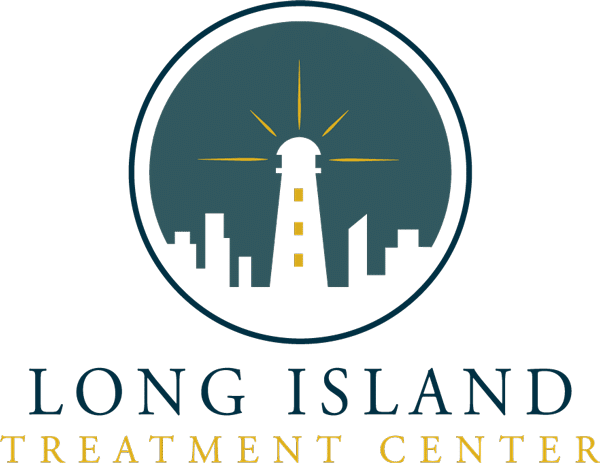Alcoholics Anonymous (AA) began in the state of Ohio before reaching all corners of the globe. Today, AA operates in over 180 countries worldwide as a special social group with distinctive socialization practices.
As with many peer-led social groups, AA utilizes a unique set of coded language and lingo. This language helps destigmatize addiction and provides those seeking recovery from their addiction with a sense of support, unity, and belonging.
Interested in learning more about this secret language? Scroll down for more.
Table of Contents
The Origins of “Friend of Bill W”
AA was established in 1935 by Bill Wilson, aka Bill W, a NY stockbroker, and Dr. Bob Smith, a surgeon in Akron, Ohio.
Before founding AA, Bill and Bob had been alcoholics who had tried to get sober but with little luck. Then, with help from his physician, Dr. William D. Silkworth, Bill learned that alcoholism was a curable disease.
Bill combined his experience as an alcoholic with Dr. Silkworth’s medical prowess. Together, they came up with a formula that helped Bill work his way to full recovery.
Shortly after, the recovering alcoholic was introduced to Dr. Bob and immediately recognized the doctor’s suffering at the hands of this disorder. They banded together and launched what would later become Alcoholics Anonymous.
In 1939, they published the program’s first textbook, Alcoholics Anonymous, highlighting the importance of the 12 Steps of Recovery. After that, word quickly spread about this new program that could help alcoholics beat the disorder and regain full sobriety.
Since then, AA has become a global mission to give people the best chance at recovery. Its mission has transcended language, race, and religious beliefs, uniting billions of people in a shared mission.
Decoding Common AA Phrases
In any community, shared terminology recognizes that a certain group is unique. At the same time, it values these differences because they make us who we are and highlight the things we respect, value, and hold to be truths.
Having a common language also protects the identities of all the members participating in the program, which is the chief principle of the AA program and its 12 Steps and 12 Traditions. It also ensures that anything anyone says in an AA meeting is kept in the strictest of confidence among those attending.

Furthermore, sharing catchphrases and lingo enhances collaboration and fosters empathy. It creates a sense of accomplishment, purpose, and cohesion among group members.
So, if someone asks, “Are you a friend of Bill’s?” what they mean is, ‘ Are you looking to attend an AA meeting?’
But it’s phrased in a way that protects your identity and makes you feel safe, knowing that you won’t be judged or second-guessed.
Below are some of the most common terminology used among AA members.
90 Meetings in 90 Days
Referred to as ‘90 in 90,’ this catchphrase is the practice of attending an AA meeting each day for 90 days in a row. It’s a common recommendation for newcomers to get used to being part of the AA community.
Making AA meetings a daily habit during the first three months of sobriety is critical for newcomers. It provides them with the support, encouragement, and resilience they need to continue with their recovery.
Taking it One Day at a Time
This mantra is often used in the world of recovery, especially with members currently following the 12-Step principles of AA.
It encourages people to focus on the present rather than be overwhelmed by the idea of maintaining lifelong sobriety. It’s also a reminder they need to put more energy into things they can control like how they respond to certain triggers.
Higher Power
‘Higher power’ is a subjective term used to describe a supreme deity or greater power than oneself, but needn’t be connected to a certain religion or spiritual belief.
For some, ‘higher power’ may mean God. For others, it can represent higher forces in nature that don’t necessarily have religious connotations.
Working the Steps
‘Working the steps’ refers to how all AA members need to engage in the 12 Steps, or phrases, for an effective recovery process. Each phase is essential for the success of AA’s long-term recovery program, bringing members closer to their end goal. For recovering alcoholics, this goal is a long-term spiritual journey rather than an actual destination.
Sponsor
Sponsors are experienced AA members still following the 12-Step program and offer to volunteer their time and guidance to newer members. They help provide them with the support and encouragement they need to promote long-term recovery.
Sharing
As you can probably tell, ‘sharing’ refers to the practice of sharing one’s painful story or negative emotions in an AA meeting. These feelings are usually brought on or worsened by behavior that goes against one’s set of personal values and beliefs.
Yet, by sharing them, members can let go of the negative effect these feelings have on them. It also helps them build a network of supportive and encouraging community members ready to offer a sense of camaraderie and validation.
Dry Drunk
‘Dry drunk’ refers to someone who abstains from drinking alcohol, but still manifests the known behaviors and attitudes that characterize those struggling with alcohol use disorder.
It can also refer to someone who shows regress in their personal growth individually or as part of the recovery program.
In both cases, a ‘dry drunk’ refuses to address the underlying emotional and psychological issues that had caused their disorder or helped exacerbate it.

The Global Reach of AA and Variations in Lingo
Today, it’s estimated that there are over two million AA members in 180 countries around the world. Alcoholics Anonymous pamphlets and other AA-related literature have been translated into over 100 languages.
Despite operating across different cultures and languages, the goal and mission of AA remains the same: to achieve sobriety and continue with long-term recovery. This means that members need to stick to the 12 Steps no matter where they are.
To handle this diversity and always stay current, continuous updates and revisions are frequently applied to all AA-related literature to ensure the program remains inclusive and contemporary.
Conclusion
Understanding AA lingo gives us some insight into the enduring relevance and power of the program’s unique language. When AA members are provided the support, encouragement, and compassion, they can continue safely on their path to recovery.
References:
- https://findtreatment.gov/
- https://www.aa.org/the-start-and-growth-of-aa
- https://fherehab.com/learning/history-of-aa
- https://www.recoveryanswers.org/addiction-ary/
- https://aa.org.au/new-to-aa/frequently-asked-questions/glossary-of-terms/
- https://www.samhsa.gov/
- https://alcoholtreatment.niaaa.nih.gov/
- https://medlineplus.gov/ency/article/000764.htm
- http://www.sciencedirect.com/
- http://archpedi.ama-assn.org/cgi/content/abstract/165/3/269


